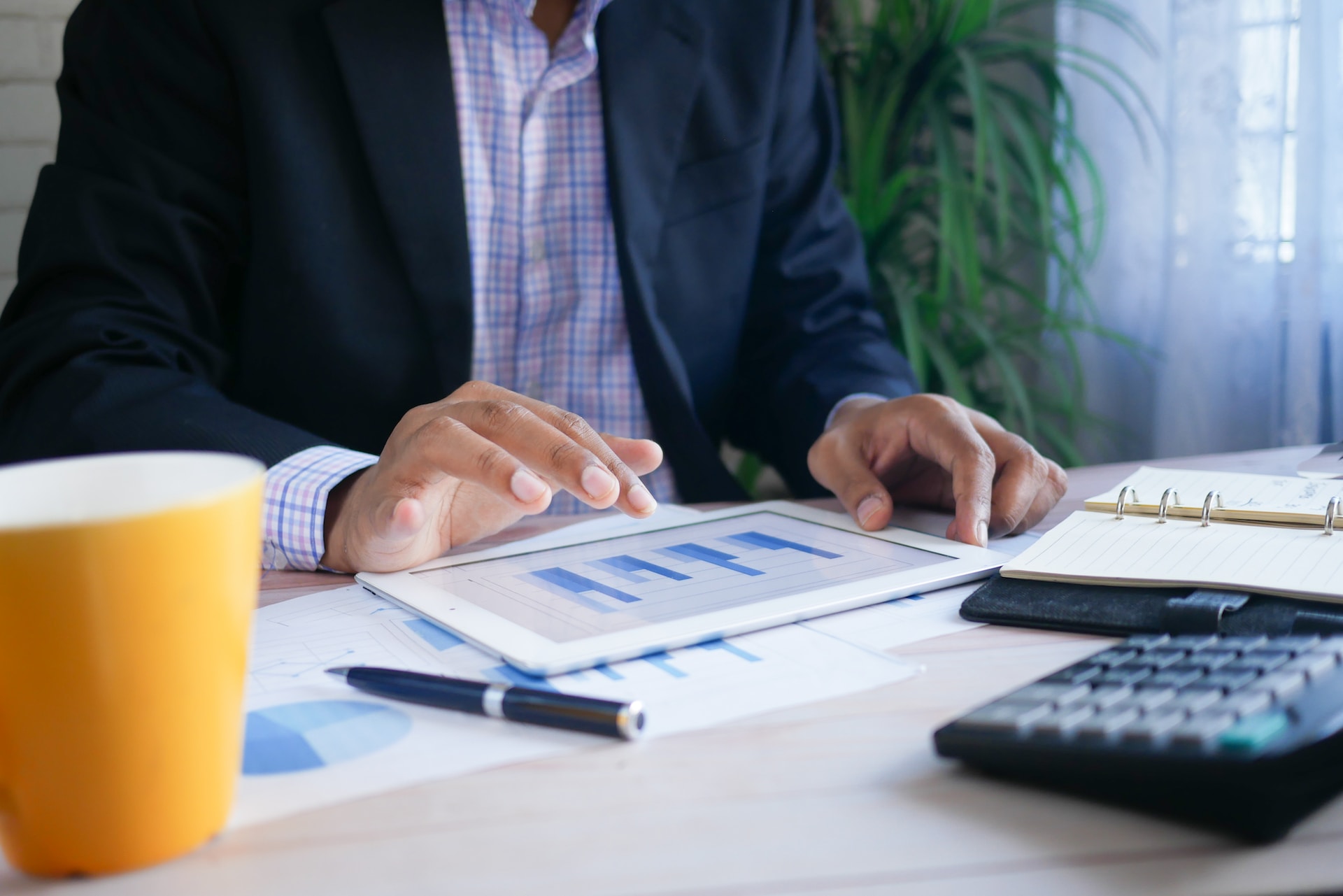Every business aspires to be successful, and your products' selling price can help achieve this. A product’s selling price is what customers pay in return for a given product.
The selling price usually varies depending on various factors, like the amount the buyer is willing to pay. Additionally, what the seller is willing to accept and the pricing of similar goods within the market also determine the selling price.
As a small business, your product's selling price acts as your financial indicator. The selling price can help a company determine its product's value and convince customers to use it. Furthermore, it enables your business to make profits and secure a position in the market, making it survive the hurdles.
But how can you determine the selling price? As a company, you must know how to calculate the selling price, which depends on the business type and other factors.
This guide elaborates much more about the formula for a product's selling price and the tips for creating an effective pricing strategy.

The Formula For the Selling Price of a Product
Setting the right price for a product is one of the biggest challenges business owners face. Remember, overpricing or underpricing your products has both negative and positive impacts on the company; you must be careful with this.
As you know, the selling price is the cost of goods sold and reflects the seller's profit. However, you must learn how to calculate the selling price of a product, which varies depending on what buyers are willing to pay. Another factor you must consider when setting the variable costs is the competitive market price based on seasonality and the seller's willingness to accept the price.
So you must use the best formula that favors both parties. The best formula for price point will depend on your brand image, the quality/type of the products, and your
marketing strategy.
You can use the following formula to arrive at the selling price:
Selling price = cost + desired profit margin
You must first calculate the cost of buying or procuring raw materials per unit. For example, if you buy 100 dresses from a local tailor at $2000, the cost per item is $20.
To determine your selling price, you must also factor in your profit margin, which is the percentage of the buying price. Multiply the percentage by the cost of buying to determine your desired gross margin.
Ensure the profit margin is sustainable enough to keep the business moving and avoid losses. For example, if you want a gross profit of 40%, multiply this by $20 (buying price). Your desired gross profit per dress will be $8.
Then add the cost of buying to the profit margin to set prices. As per the formula and the above cost per item, our selling price will be 20+8=28.
Note that this selling price example can also act as a basis to formulate the ideal selling price depending on the market condition. For instance, if your competitors are selling below that range, you can lower the cost to attract customers.
Tips For Creating an Effective Pricing Strategy
After learning how to calculate the selling price of a product, business managers need effective
pricing strategies to help them meet company goals. Some of the tips business owners can use to create product costs include:
Build an Effective Market Entry Strategy
Introducing a new product into a market requires you to be smart to attract more customers on all social media platforms. To achieve this without many challenges, you need to play around with the pricing of your products, which sets you apart from your competitors. Work with the average selling price to have an easy time setting the market price.
The Average Sell Price (ASP) can help your business brand itself or use a value-based pricing model. It can also help your business know when to increase prices for its premium products or reduce them.
Note that lowering your sale price below the ASP can increase your sales, but the profit margins remain smaller. However, increased pricing can reduce sales but maintain good total revenue.
Stay on Top of Market Trends
You can understand how to calculate the selling price of a product by going through
market trends. Remember, the market price changes depending on the seasons and labor costs.
So take your time and learn how buyers behave after introducing a new product to the market.
You can start by selling your products at a higher price to see customers' reactions. Then try introducing different pricing models to see how they affect your sales. If your products attract more sales when the price is lower than the average sell price, this should be your price point. However, if your profits are higher despite selling at a higher ASP, then this is the trend you should follow.

Prioritizing Customers Satisfaction
Another way how to find selling price is by prioritizing your customer's satisfaction. Customers can make the business a success or failure depending on how you treat them. So make customer satisfaction a priority to build trust and loyalty.
If your customers feel valued by your business,
they will stay loyal regardless of the pricing. So try to give them what they want or value for their money. Also, ensure you understand their needs and interact with them to know the best pricing strategy to adopt.
But don't forget that customers' needs differ, so have a pricing plan to meet individual needs through pricing. Also, research the price your customers are willing to pay and the quality of products they prefer.
Pricing is More than Assigning a Number
When working on how to find the selling price, you need to understand that pricing is beyond numbers. Pricing also entails your business goals, the product’s worth, demand, and supply. First, ensure you meet your business goals, which can be completed after factoring in the cost and expenses of production.
Research the market to understand the
product's competitors, demand, and supply to be flexible and to continue growing. Also, involve your employees, as they are your eyes on the ground. Your employees interact more with your customers, know what they say about your business, and can give you feedback on your pricing patterns.
You must also give customers value for them to believe in your product’s worth and have a positive perception of it. Have a unique product that sets you apart from the competition and meets customers' needs and wants.
The Illusion of Perfect Pricing Strategy
Most customers buy through emotions instead of logic. That's why entrepreneurs must have the best formula for selling price to create the illusion of having a less expensive product. Lure customers to buy your products through the illusion of selling them at 99.9 instead of $100, which doesn't affect your total revenue margins.
Alternatively, you can offer free products to convince buyers to buy. The “buy one, get one free product” can help create an illusion in customers' minds. The free product can be a start-up item you're trying to introduce to the market. For example, if you deal in beauty products, you can sell a lotion and give away free sunscreen to attract new customers and complement loyal ones.
Improve your price strategy skills
Your pricing strategy can help your small business grow in all aspects. So if you want to be successful, ensure you learn how to calculate the selling price of a product to be ahead of the competition.
Work on your market entry strategy and stay on top of market trends. Remember that customer satisfaction comes first, and work on it well. Ensure that you give your customers value for their money and meet their needs.
It's also good to research beyond the ASP and work on your employees as they interact with your customers more. Play with customers' psychology by introducing an illusionary pricing strategy that convinces them to buy.

FAQs
What is the formula to calculate the selling price?
The formula for selling price is the sum of the cost of buying (production) and the percentage margin profit.
How do I calculate the selling price of a product in Excel?
The formula is selling price=cost/(1-margin percentage). This means you divide the product cost of buying by 1 minus the margin percentage.
How do you calculate the cost price from the selling price and markup?
The formula for markup is (selling price-cost price) divided by the price per unit and then multiplied by 100%. A pricing calculator can simplify this.
What is the cost price selling price?
Cost price is the amount an article is bought at.







